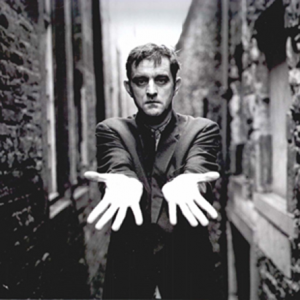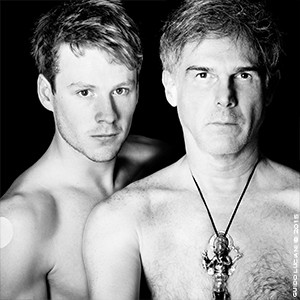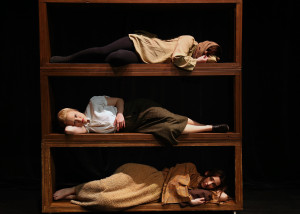An Evening of Sin
AN EVENING OF SIN
Ottawa’s burlesque scene is alive and well at the Ottawa Fringe. An Evening of Sin, Ottawa’s monthly burlesque show, are exploring a number of themes throughout their run at the festival—from Glitz & Glam, to Gorelesque, Nerdlesque and more—and they are not for the faint of heart.
Though the company have been known to present a Vaudeville-style variety show led by the dashing Retro Joad, here you can expect burlesque, burlesque and more burlesque. The show is all about tease, and features performers who are committed to naughty behaviour in the nation’s capital. Expect feather boas, pin-up hairdo’s, glitter, and of course, sequined pasties.
Though flirtation reigns supreme, the performers also dabble with silliness and a touch of satire. The performance itself does not actually offer very much variety (either stylistically or intersectionally—as you might expect from a modern burlesque performance), which is somewhat disappointing. Still, if you are looking for a late-night show that is unabashed, fringy, and fun there is a good chance this is the performance for you.
Academic Hall.




